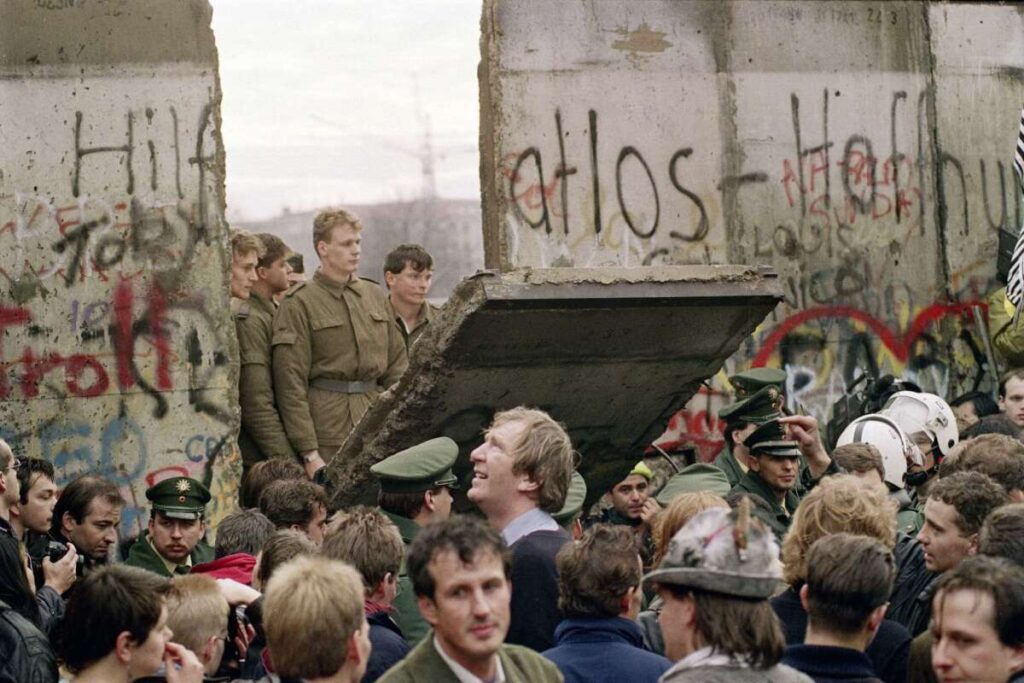The Berlin Wall: a chronicle of division and unity - understanding its legacy in today's world
The Berlin Wall stands as both a stark reminder of division and a powerful symbol of unity. Erected overnight in 1961, the concrete barrier symbolized the ideological divide between East and West Berlin. And extended into the hearts and minds of the global populace. Though it was physically dismantled in 1989. The Berlin Wall's legacy continues to impact international relations, urban development, and collective memory today. In this comprehensive exploration, we'll delve into the history of the Berlin Wall, examine frequently asked questions about its existence, and analyze its indelible legacy. Join us on this journey through history, and discover why the Berlin Wall remains relevant in today's interconnected world.

The Berlin Wall: A Historical Overview
The terror of World War II had barely subsided before the chilling shadow of the Cold War loomed over Europe. As tensions grew between the Soviet Union and the Allies, Germany emerged as a battleground of ideology. By 1949, a divided Germany saw the emergence of two distinct states: the German Democratic Republic (East Germany) under Soviet influence and the Federal Republic of Germany (West Germany), aligned with the Western Allies.
From Divided City to Divided Hearts
Berlin, Germany's capital city, became a focal point of Cold War confrontations. Despite its location within East Germany, West Berlin remained under Western control. The free passage between East and West Berlin was an open wound to the Soviet regime, as many East Germans desired the political and economic opportunities of the West.
On August 13, 1961, the Berlin Wall's unexpected construction began. Composed of barbed wire initially and later concrete and watchtowers, the wall stretched approximately 96 miles. It severed neighborhoods, families, and dreams, becoming a global emblem of ideological warfare.
- The Wall's Structure: Spanning over 150 km, the Wall included 79 miles of actual wall, along with anti-tank barriers, guard towers, and a notorious death strip.
- Years of Desperation: Between 1961 and 1989, an estimated 5,000 people attempted to flee from East to West, with tragic tales of those who perished along the way.
Cultural and Political Ramifications
The psychological impact of the Wall was profound. It became the epicenter of Cold War rhetoric, dividing not only a city and nation. But also the ideologies of communism and democracy.
Artists and Freedom: Inspired numerous artistic movements worldwide, embodying the struggle for personal and political freedom. Murals and art installations turned the Wall into a canvas of resistance and hope.
A Symbolic End to the Cold War
On November 9, 1989, the Berlin Wall fell, catalyzed by political changes in Eastern Europe and mounting public pressure. The euphoric dismantling of the Wall symbolized the end of Cold War tensions and heralded Germany's reunification.
Legacy and Lessons
In the 34 years since its physical destruction, the Berlin Wall has left an enduring legacy.
Urban Transformation: Modern Berlin bears architectural witnesses to its divided past. Landmarks such as the East Side Gallery and the Berlin Wall Memorial preserve its memory.
- International Relations: Remains a case study in diplomacy and international conflict resolution, proving the power of dialogue over division.
- Human Connection: A reminder of resilience and the human spirit's capacity to overcome adversity.
FAQs About the Berlin Wall
-
Why was the Berlin Wall built?
Designed to prevent mass defections from East to West Berlin amid Cold War tensions. Ultimately symbolizing the ideological divide between capitalism and communism. -
How many people died trying to cross it?
Estimated: 100-200 individuals lost their lives attempting to flee to West Berlin. -
What role did Reagan's speech play?
President Ronald Reagan's 1987 speech, famously demanding "Mr. Gorbachev, tear down this wall," became a symbolic rallying cry against oppression. -
How long did the Berlin Wall stand?
A stark reality from 1961 until its fall in 1989.
The Indelible Impact on Today's World
The Berlin Wall's impact reverberates through today's geopolitical landscape. From Berlin's thriving tech and culture scene embracing reunification to diplomatic lessons learned, its legacy offers an eternal warning against division and discrimination.
Conclusion
The Berlin Wall's narrative extends beyond its rubble. It tells a tale of division met by human tenacity and hope that eclipsed barriers. As we commemorate Earth-shaking events like the Wall's fall, humanity's story progresses, fueled by unity, understanding, and lessons of the past. As the world grows ever more interconnected. May the history of the Berlin Wall inspire us to bridge our differences and build a future where every barrier is surmountable.















